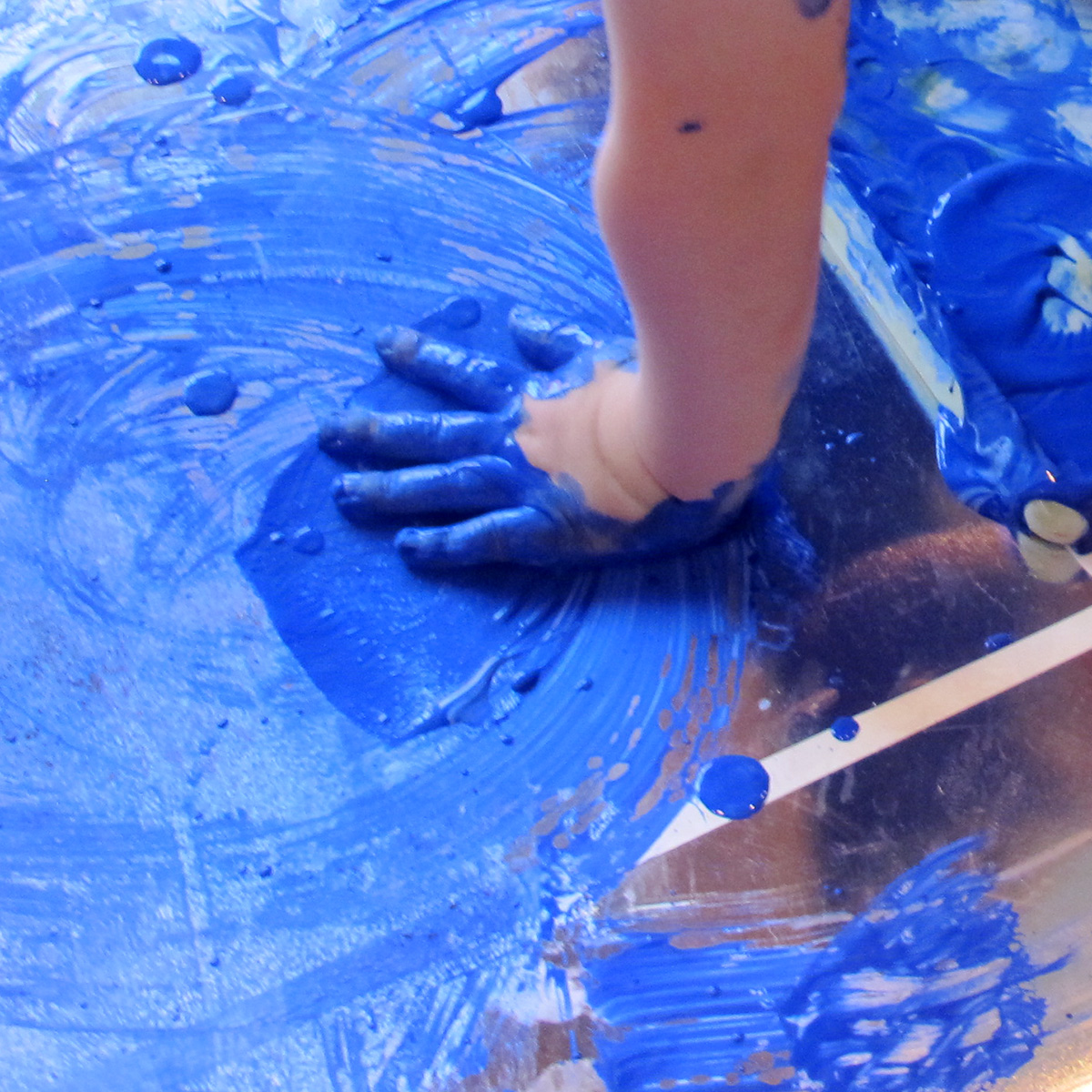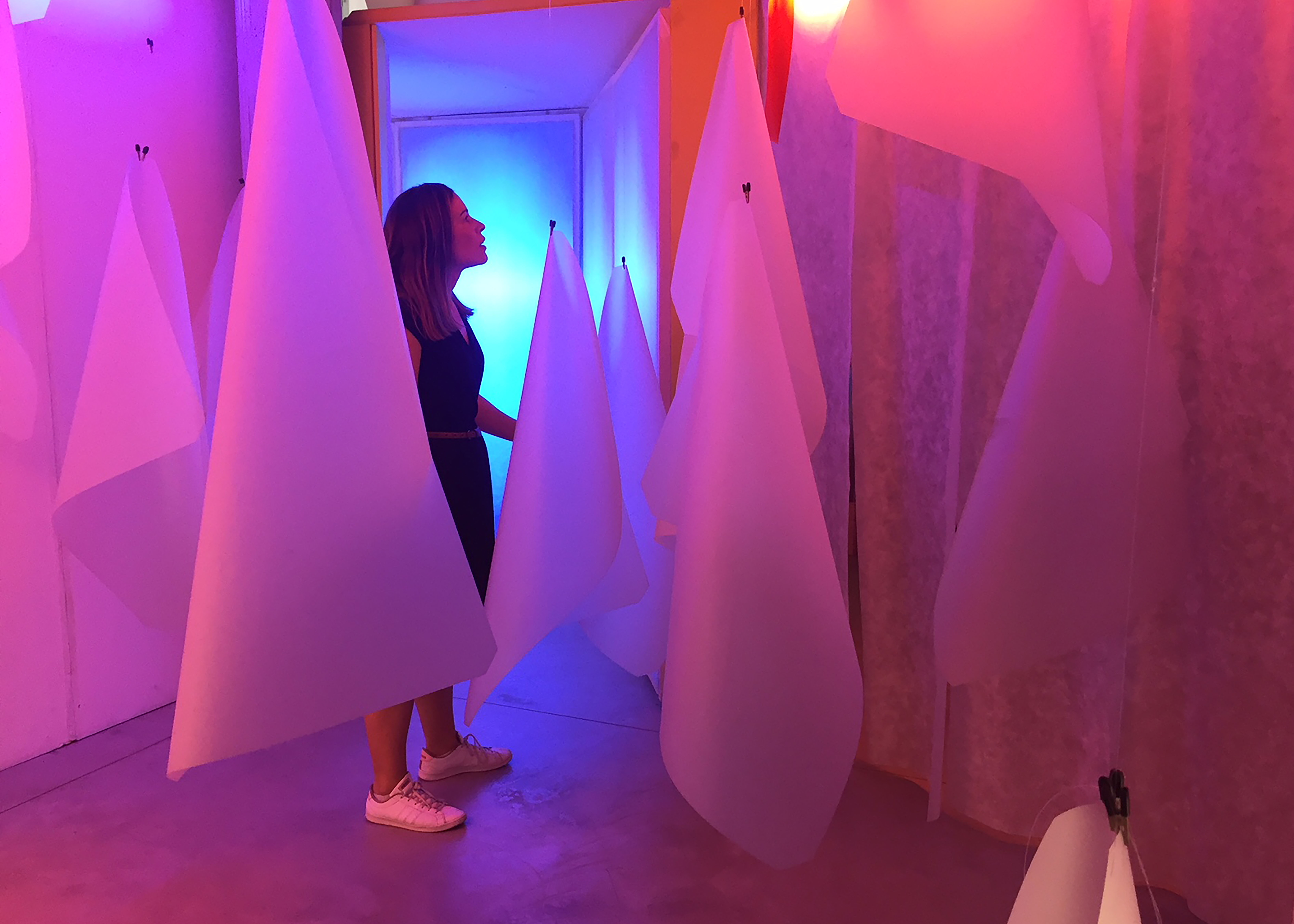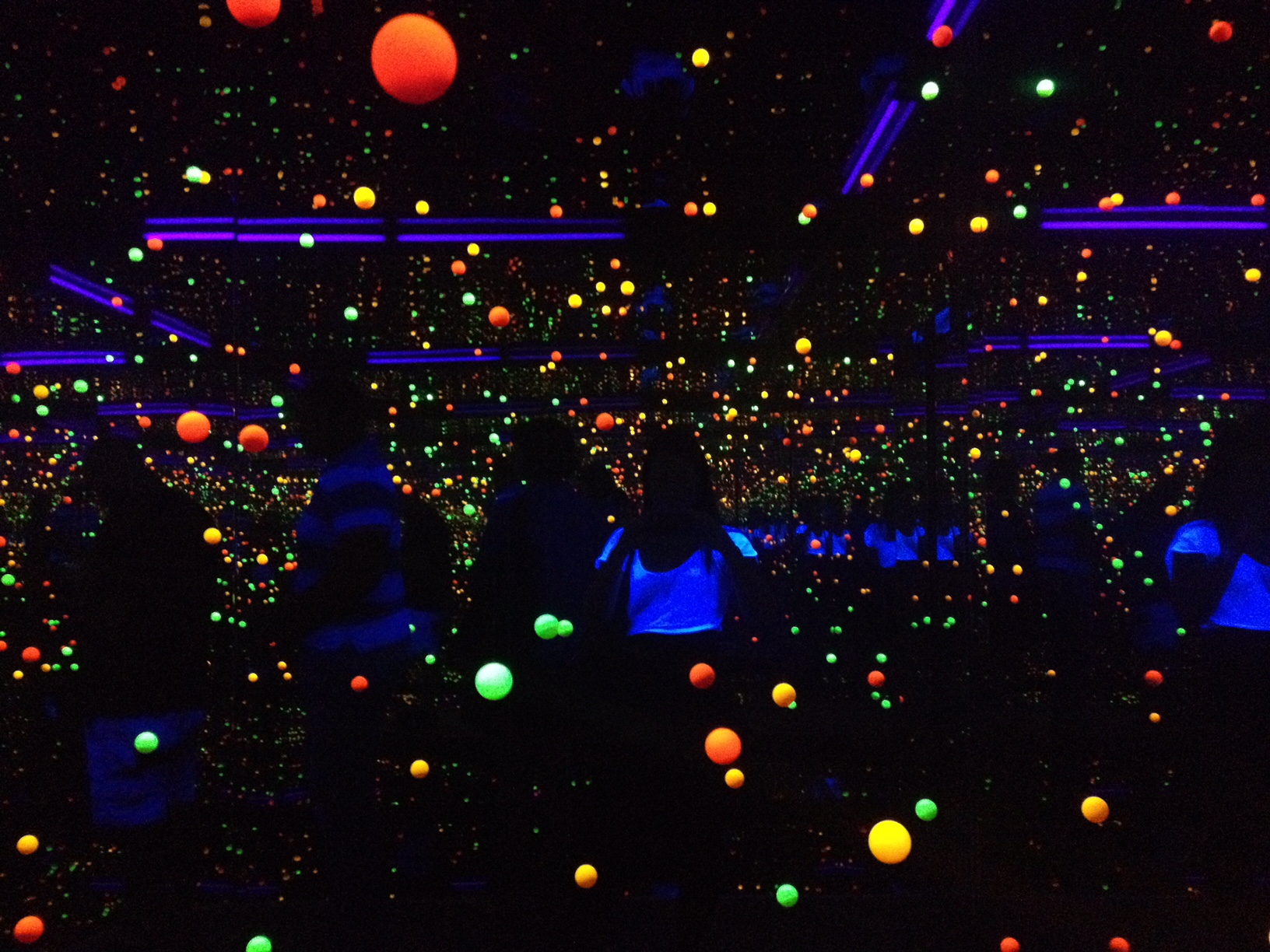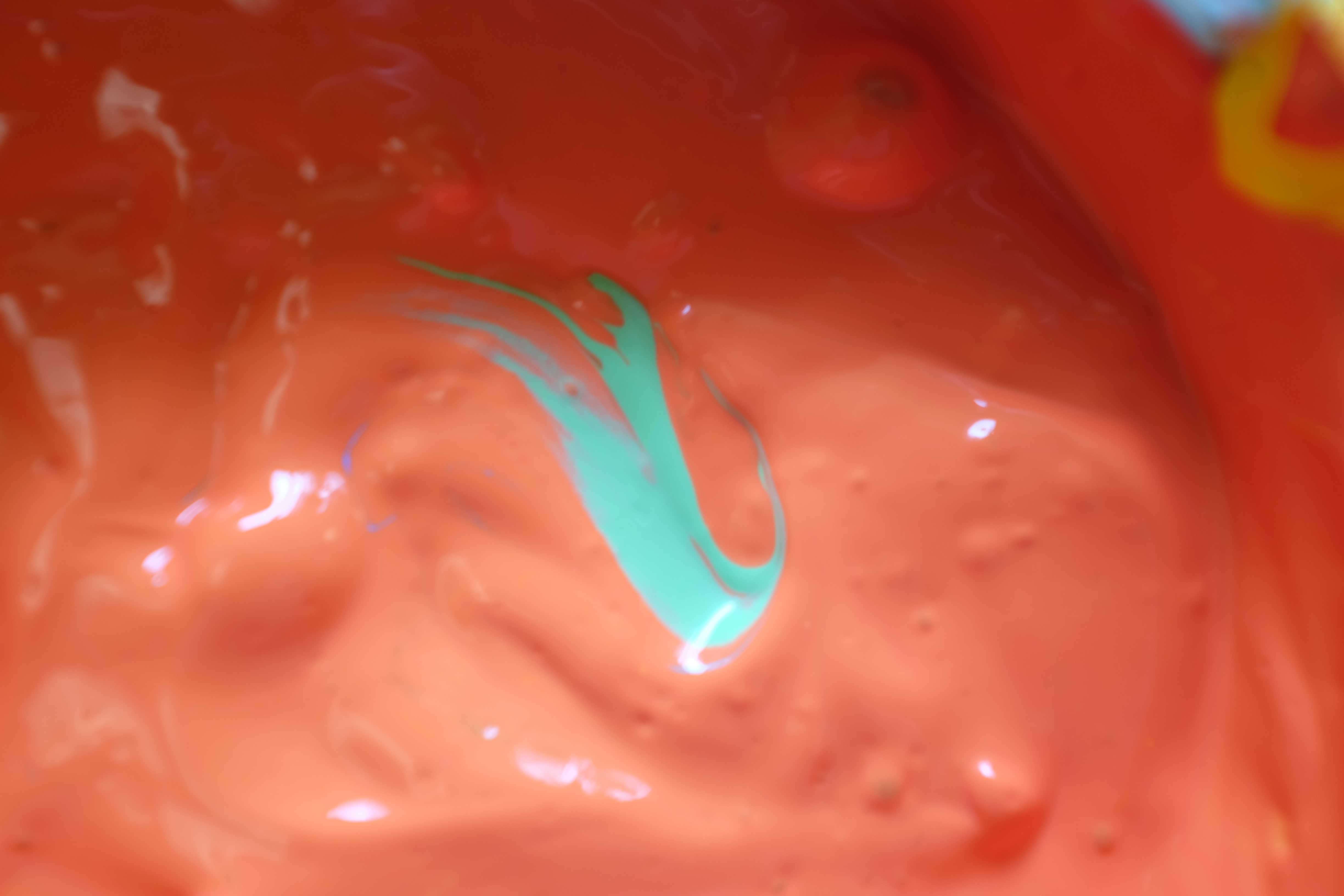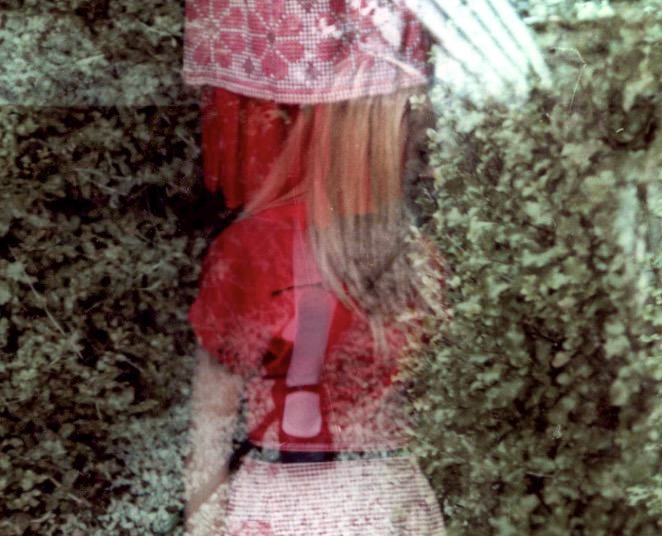Documenting children’s learning is an intricate process. In this expert interview, Mara Krechevsky, a senior researcher at Harvard’s Project Zero research centre, discusses the ins-and-outs of making learning visible. Documenting children’s learning is a complex and (sometimes) confusing process. Questions of how educators can use documenting to support learning are deeply intertwined with debates surrounding ethical and political assumptions in education. Mara Krechevsky has over 30 years’ experience in education research with a specific interest in documenting learning. In her role at Harvard, she has worked on a myriad of ‘visible learning’ projects including directing Project Zero’s Making Learning Visible, an initiative that began as a collaboration with educators from Reggio Emilia. Project Zero is a research centre at Harvard’s Graduate School of Education. Founded by philosopher Nelson Goodman in 1967, Project Zero began with a focus on understanding learning in and through the arts. Since then, the centre’s mission has…
Reggio Emilia’s art studio ‘ateliers’ for children
Earlier this month I was fortunate enough to visit the Loris Malaguzzi centre in Reggio Emilia. I was interested in learning more about the early childhood philosophy’s approach to children’s creativity, art and learning with materials. This post shares key ideas around the role of the ‘atelier’ in the Reggio Emilia approach. I also discuss my reflections on the Ray of Light atelier space at the centre. “Tools and materials make it possible for children to have experiences in which their thinking takes on different forms” (Dahlberg & Moss, 2010) The Atelier – a space for children’s creative experimentation Educators from Reggio Emilia often talk about the unpredictable nature of learning in which knowledge is formed through unexpected relationships and new connections. This understanding challenges the idea that education is a linear process of development. In Reggio Emilia preschools, the atelier is a creative studio for young children’s imagination, expression and experimentation that…
5 education apps for documenting learning in 2019
*This is an updated version of a post originally published in May 2018* If you are a teacher in the Northern Hemisphere, the new academic year is heating up. The paper work may be piling up too… A LOT! Education apps can help with that. Apps can be used to digitally document and collate children’s learning. These records can then be easily shared with other students, educators and parents – helping to grow a community that fosters learning. However, at their worst, apps can also encourage a culture of surveillance and control of children’s lives – it depends on how they are being used! In this post, I talk about why documenting and reflecting on children’s learning is important, including how apps can be used to support this process in a positive way. I review five apps: Seesaw, Class Dojo, Google Classroom, Storypark and Artsonia to discuss how these can…
What does pedagogy mean?
In this post I discuss my understanding of the term ‘pedagogy’ and the ability for the process of documentation to act as a tool to critically think about the assumptions, beliefs and practices that shape a learning environment.
3 books on documenting children’s learning
Documenting children’s learning is a brilliant way to make creative and critical thinking processes visible. Documenting is also a great way to debate the assumptions, ethics and politics that shape education practices. This process can then be used to deepen and complexify education practices towards children (Krechevsky et al. 2013). Different terms are used to describe the process of documenting children’s learning around the world (Pacini-Ketabaw et al., 2015). For example, in England, the process is often referred to as ‘learning journeys,’ in Italy and parts of Scandinavia it is ‘pedagogical documentation’ and in Canada ‘pedagogical narration.’ It makes sense that different terms have been created as documenting children’s learning varies significantly in different contexts. Below are three of my favourite books on documenting children’s learning. Each book has been written in a different country (America/Italy, Canada and Sweden) and generates diverse theoretical and practical perspectives on the topic. I hope…
The gap between New Materialism and education practice
In this post I consider the gap between academics/non-academics in children’s art education. A contestable claim but something I believe is worthy of further discussion. I reflect upon my experience of moving from working as a full-time learning curator in an art museum to full-time PhD researcher and what I have learnt along the way.
Visiting Reggio Australia’s pedagogical documentation centre
This post features a summary and reflection on the theory, principles and practices of the Reggio Emilia process of pedagogical documentation. The possibilities and challenges of what this reflective methodology holds for children’s gallery education are also discussed in relation to my doctoral research. “There is a constant relational reciprocity between those who educate and those who are educated, between those who teach and those who learn. There is participation, passion, compassion and emotion. There is aesthetics. There is change.” Carlina Rinaldi Last week I was fortunate enough to spend an afternoon visiting the Reggio Emilia Australia Information Exchange’s documentation centre at the University of Melbourne. I was interested in taking some time to think and reflect on how other early year’s educators are working with the process of pedagogical documentation within their own education settings. This is particularly pertinent to me after spending the past few months working with the early year’s…
Experimenting and learning through images
In this post I talk about my photographic art practice and how this has allowed me to produce new relationships between myself, other people and the world. I then discuss the role of visual images in artistic experimentation and how this interconnects with the use of visual imagery in pedagogical documentation or inquiry-led learning practices in early childhood education. Experimention and learning through images has been a huge part of my life for as long as I can remember. Since I was first taught photography at school (thank you Georgina Campbell) I have experimented with a myriad of photographic processes including medium format cameras, scanners and digital photography. My photos have focused on the relationship between landscape and the subject matter’s psychological world. Creating and thinking through images has allowed me to experience things and learn in a way that could not be done with words. Learning new artistic skills, techniques and concepts…


